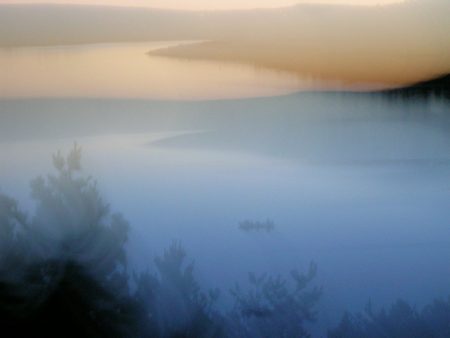Where I've Been This Time (or, some links to new publications, including Parents)

As many of you know, the vast majority of my regular online writing life has moved to Instagram ( @emilybrisse ). But, since a fair few of you don't do the social media thing (good on you!), I thought it was time here for a brief update. In addition to parenting and teaching and hiking and reading and road-tripping and surviving over the course of the pandemic (hope you and your family fared as well as possible), I've kept writing. It's been a slow but sure journey, and I'm happy to say I've reached a significant milestone in my big project: writing a novel. More on that soon! Until then, check this link for a list of many of my publications that can be found online from places like Creative Nonfiction , Motherwell, and Grub Street Review . My latest is a hybrid reported piece--a departure from what I typically write--up at Parents about the economy, mom guilt, and the benefits of daycare . If that sounds interesting, I'd love to hear what you think. And if...





